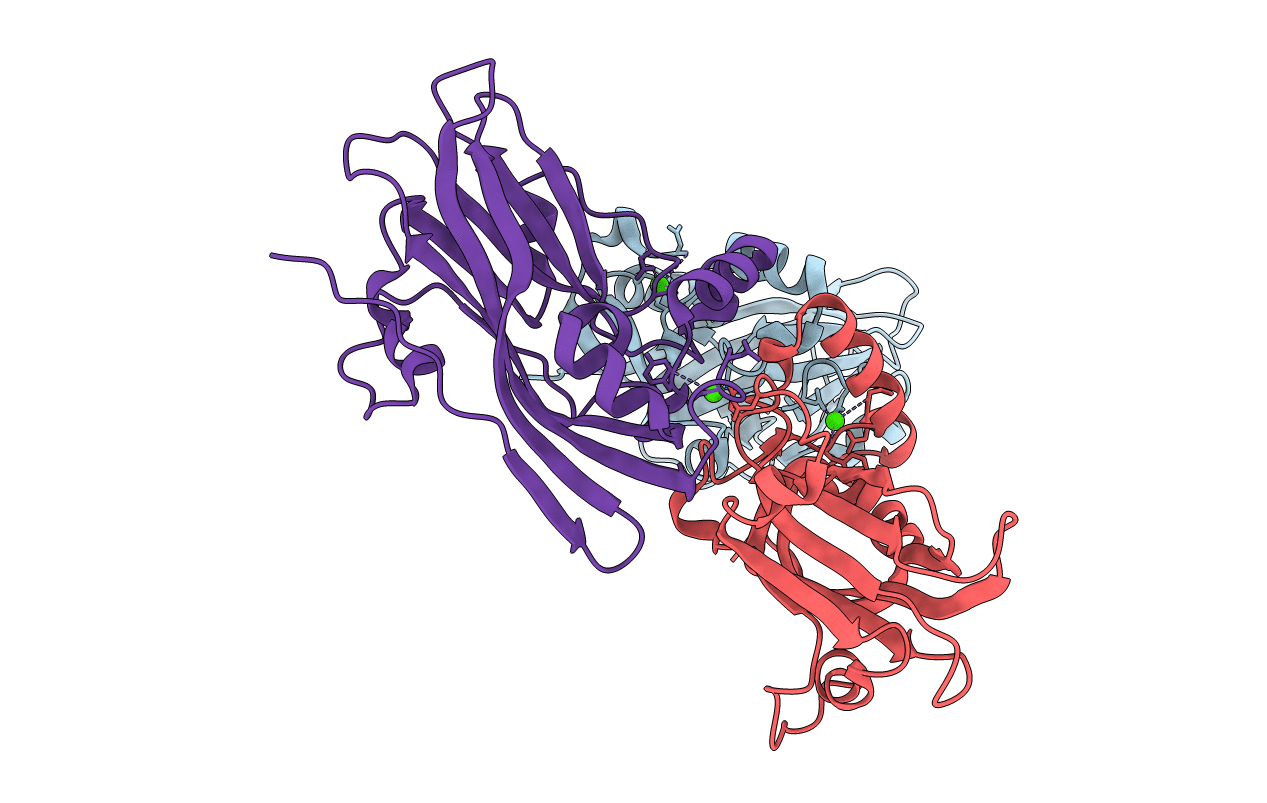
Deposition Date
2008-03-10
Release Date
2008-05-13
Last Version Date
2024-11-06
Entry Detail
PDB ID:
2VQ0
Keywords:
Title:
Capsid structure of Sesbania mosaic virus coat protein deletion mutant rCP(delta 48 to 59)
Biological Source:
Source Organism:
SESBANIA MOSAIC VIRUS (Taxon ID: 12558)
Host Organism:
Method Details:
Experimental Method:
Resolution:
3.60 Å
R-Value Free:
0.25
R-Value Work:
0.25
R-Value Observed:
0.25
Space Group:
R 3


